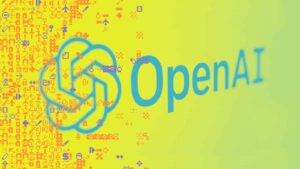o3 by OpenAI Achieves Nearly Perfect Results on Long Context Benchmark

The Breakthrough Performance of the o3 Model on Long-Context Tasks
Recent benchmarks have highlighted the impressive capabilities of the o3 model, particularly in handling long-context tasks. Designed to work with an astonishing capacity of up to 200,000 tokens, this model sets a new standard in the realm of language processing.
Outstanding Benchmark Achievements
With its ability to manage 128,000 tokens, equivalent to about 96,000 words, the o3 model recently achieved a perfect score of 100 percent on the Fiction.live benchmark. This benchmark assesses a model’s ability to comprehend and recreate intricate narratives while maintaining context throughout extended texts. In comparison, Google’s Gemini 2.5 Pro follows closely with a score of 90.6 percent, while its smaller counterparts, o3-mini and o4-mini, do not perform nearly as well.
Understanding the Fiction.LiveBench Test
The Fiction.LiveBench test is specifically created to evaluate how effectively models grasp complex storytelling and narratives over lengthy passages. A notable concern arises with models like Meta’s Llama 4, which claims a context capacity of ten million tokens. Despite this seemingly large window, its practical usage often falls short, mainly serving basic word searches without truly comprehending long-form text.
The Shortcomings of Other Models
Across various platforms, models often fail to deliver meaningful long-context understanding. While they can handle vast amounts of data, users may be left with the misconception that these models engage with every part of the text. However, studies have shown that in many cases, significant portions of content are overlooked, limiting the efficacy of these models in real-world applications.
The Appeal of Long-Context Models
For users who require reliable performance across substantial text inputs—like researchers, writers, and analysts—the o3 model has emerged as a leader in this domain. Its ability to analyze long documents without losing contextual integrity makes it an invaluable asset for those working with complex narratives.
The Future of Long-Context Language Models
The advancements seen in the o3 model signal a promising direction for language processing technologies. As users seek models capable of deeper comprehension over longer lengths of text, o3 appears to fulfill this desire more adeptly than its competitors. With each stride in functionality, it sets a new benchmark for future language models, focusing on not just token capacity, but also meaningful engagement with the material.
By prioritizing true understanding over sheer volume, models like o3 redefine what can be expected in the field of natural language processing, paving the way for significant enhancements in various industries that depend on advanced linguistic capabilities.






